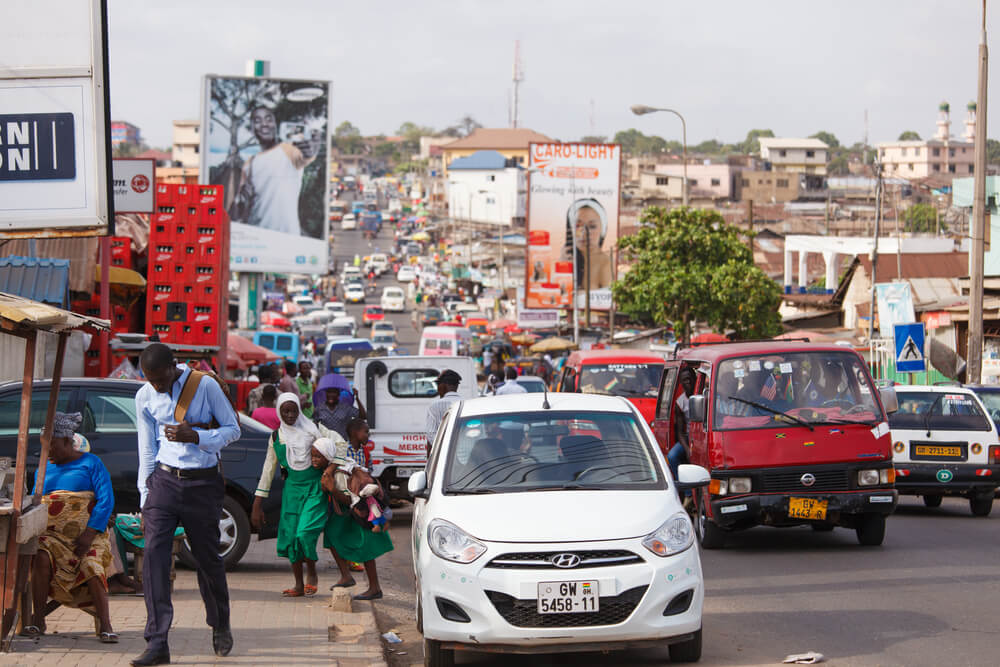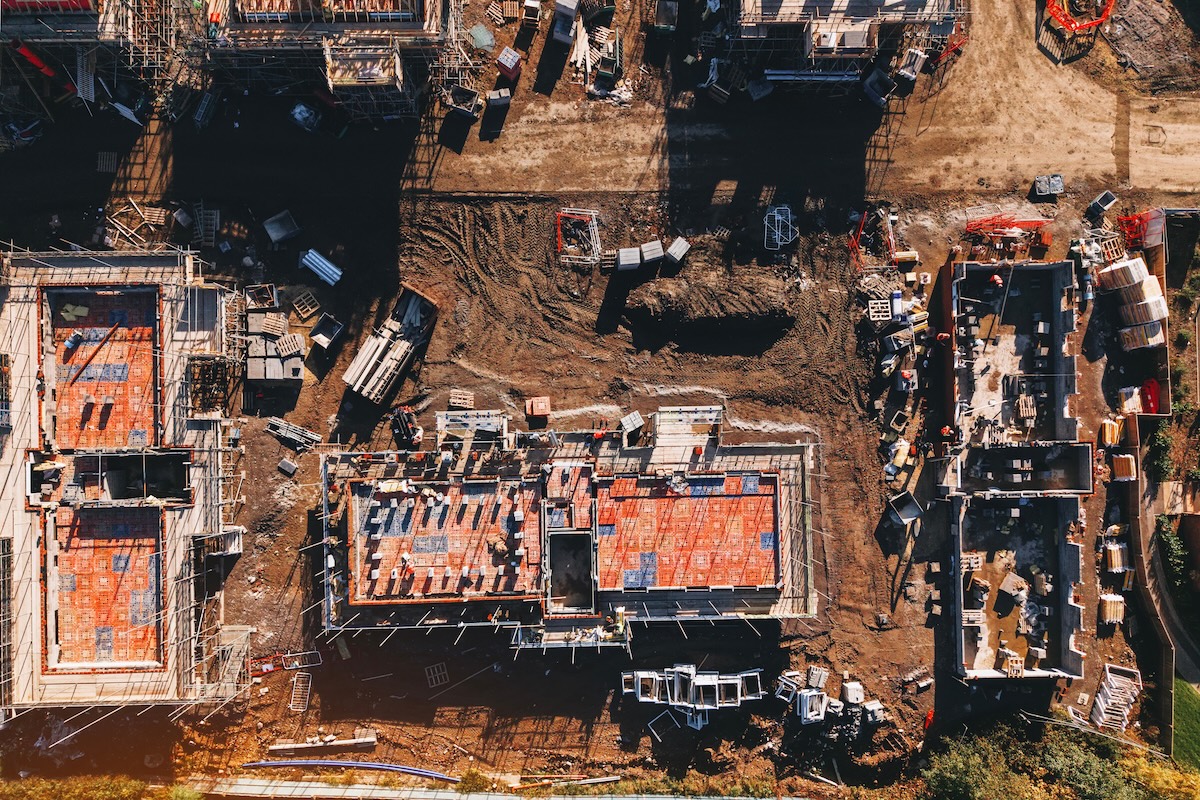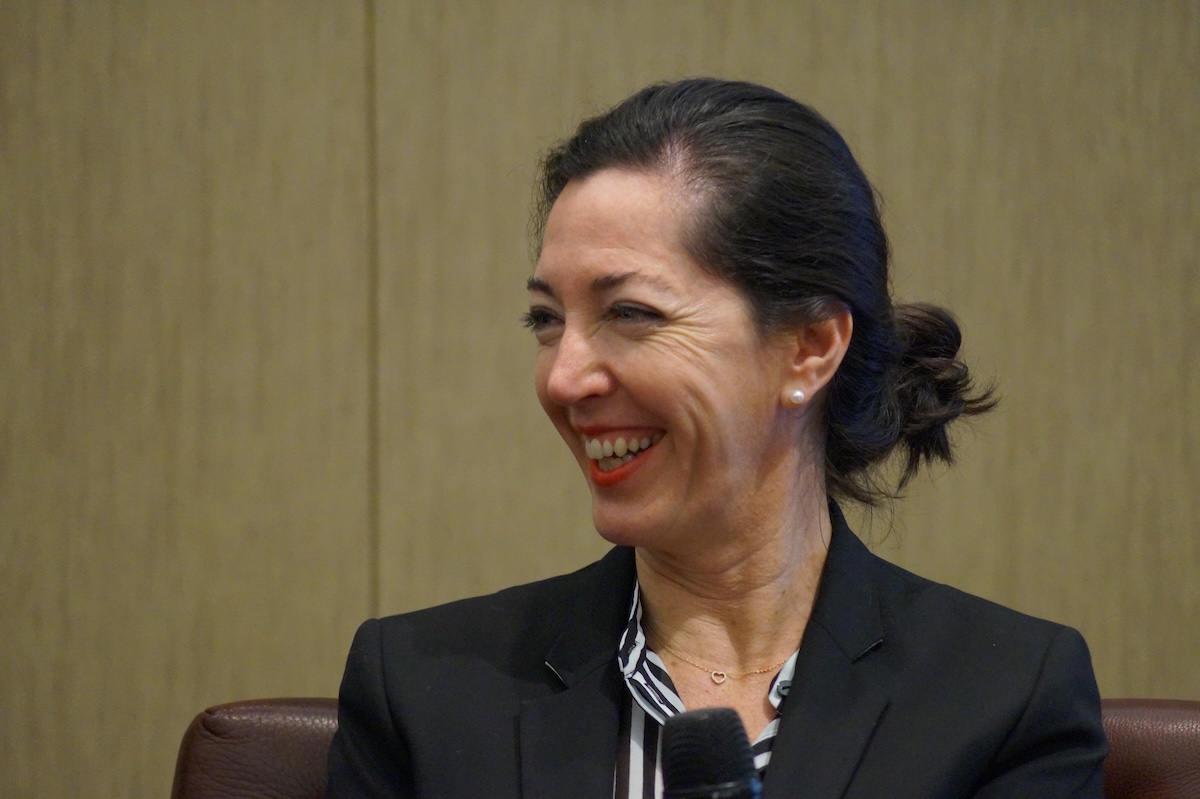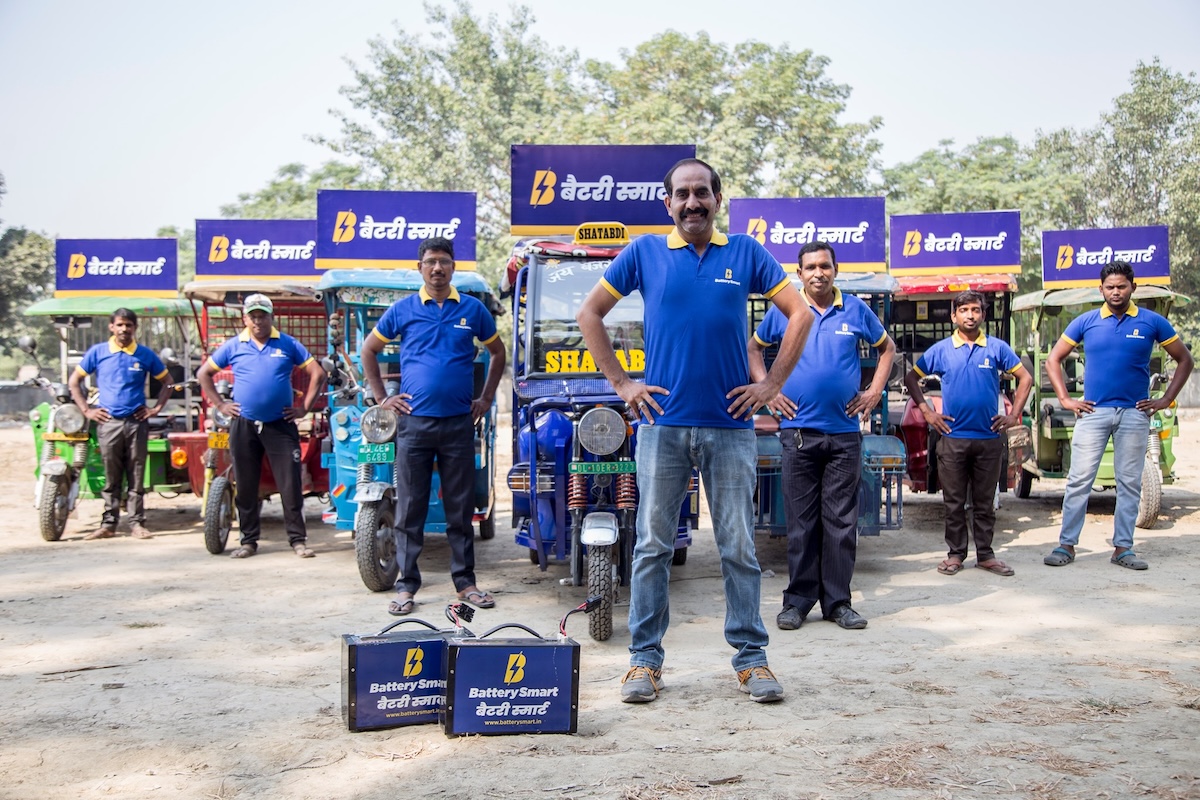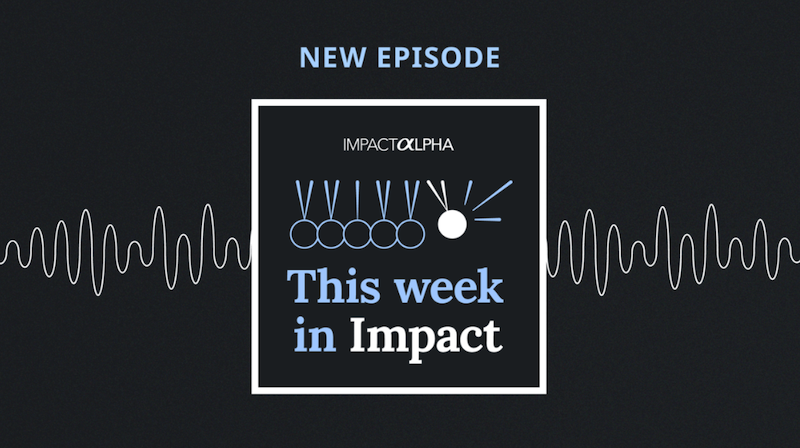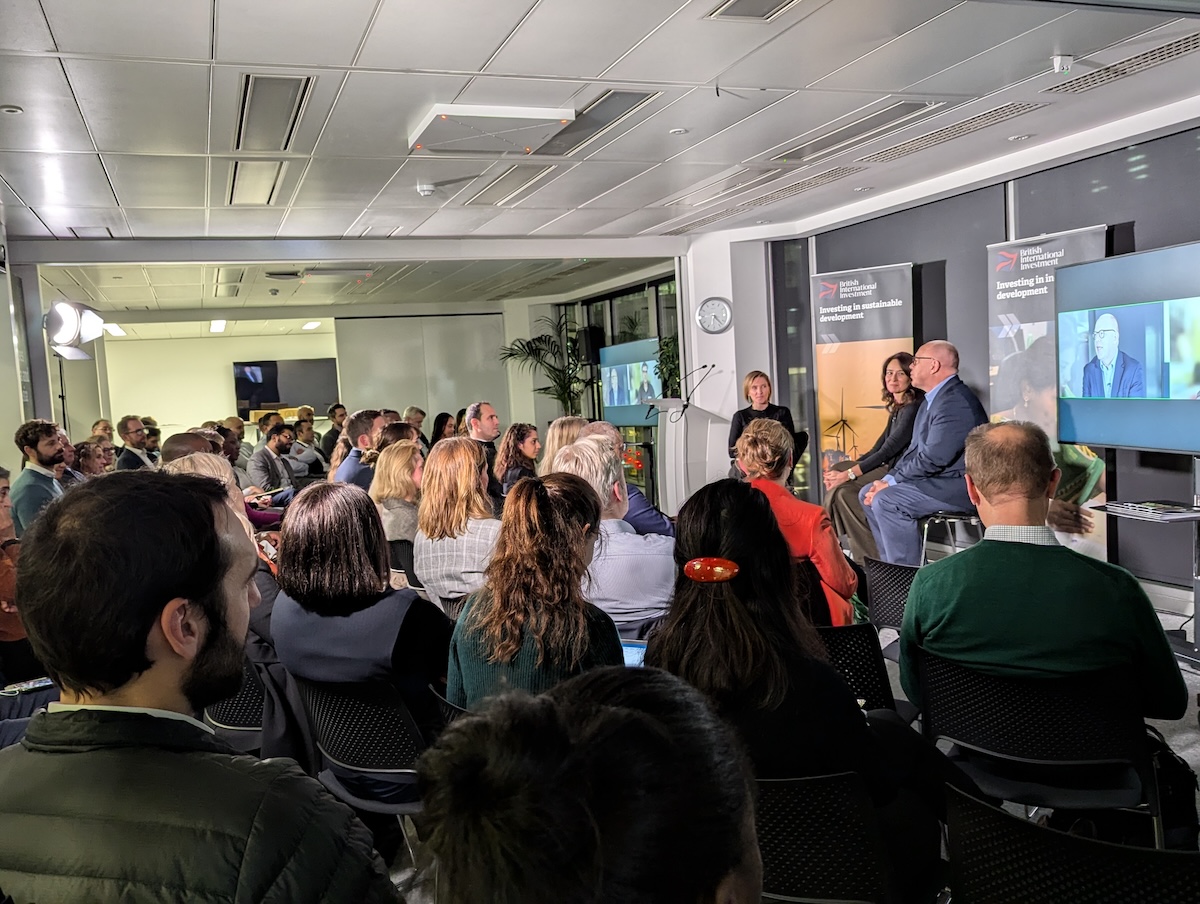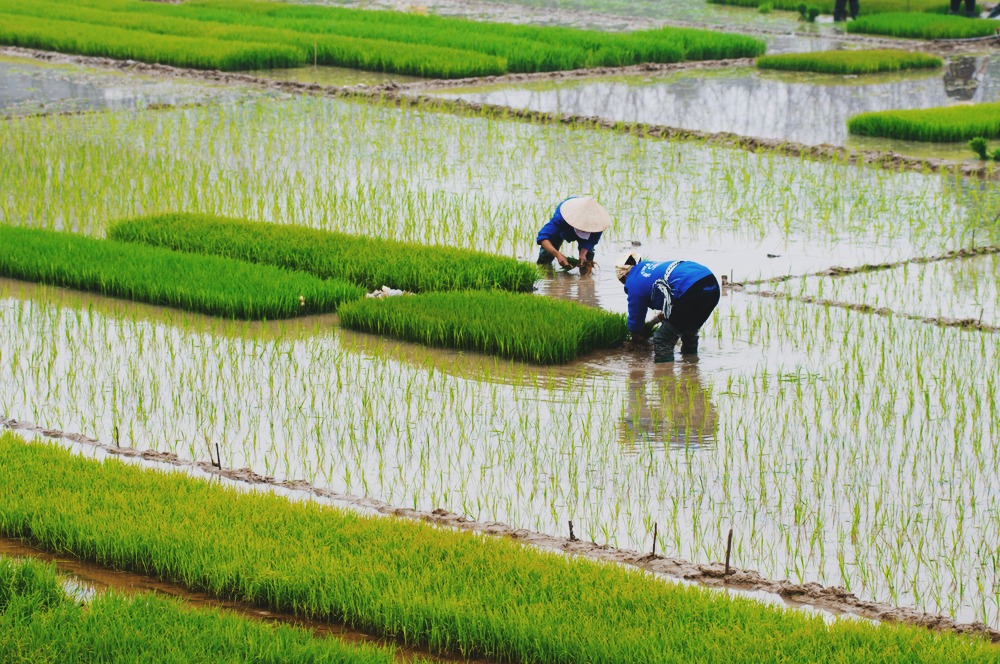ImpactAlpha, October 6 – Impact investing in emerging markets has long been dominated by international development finance institutions. The national advisory boards, or NABs, that make up the Global Steering Group for Impact Investing are working to unlock capital from local pension plans and other domestic institutional investors for sustainable economic development.
Their specific focus: unlocking capital for small businesses—the engines of emerging-market economic and job growth. In Ghana, for example, 85% of jobs are provided by small businesses.
“The only pool of local patient, long-term capital that could be deployed to small businesses is from pension funds,” says Amma Lartey of Impact Investing Ghana, that country’s NAB. “But they just aren’t that familiar with alternative asset classes.”
The group is working with Ghana’s $4.5 billion pension fund industry to design a locally-run fund of funds and offer a de-risked, institutional-grade opportunity to invest in small and growing businesses.
Local design
Unlocking local capital means designing around local needs, says Drew von Glahn of the Collaborative for Frontier Finance, which is working with the NABs.
The Zambian national advisory board is working with the central Bank of Zambia to pilot a guarantee facility to catalyze $1 billion in affordable credit for small businesses recovering from COVID disruptions. Nigeria’s NAB, still in formation, is seeking to tap domestic pension funds, which are required to be fully invested in the country, as well as dormant bank accounts, for a $1 billion impact fund of funds.
Ghana’s fund of funds will be based in Ghanaian cedis, the local currency, and include a layer of concessional capital to mitigate the pension funds’ risk concerns.
“To design for the needs of local pensions, we need to do a few unconventional things,” Lartey says.
Another unique feature: Impact Investing Ghana intends to launch a new local fund manager to manage the fund.
“We want to piggyback on the local learning and not fly in fund managers from elsewhere,” adds Lartey. “It’s part of the ecosystem building.”



